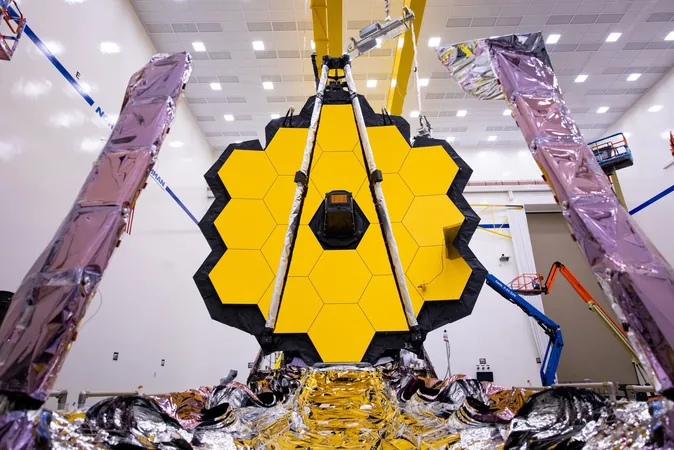
Budget Crunch! Hubble and James Webb Telescopes Set for Operational Cuts
2025-06-15
Author: Amelia
Critical Cuts Loom for Space Telescopes
In a shocking revelation, NASA officials announced at the American Astronomical Society (AAS) summer meeting that both the Hubble Space Telescope and the James Webb Space Telescope (JWST), two of the most iconic and scientifically impactful observatories, are facing significant reductions in their operations due to funding constraints.
Funding Shortfalls Hitting Science Hard
Neill Reid, a multi-mission project scientist at the Space Telescope Science Institute (STScI) shared during the town hall meeting that JWST could see a drastic 25-35% cut in scientific operations. While Hubble will still have access to its instruments, the institute may no longer support regular calibrations that are crucial for accurate observations.
A Result of Long-term Budget Challenges
The worries surrounding Hubble and JWST didn't arise overnight—they stem from years of flat budgets and rising inflation. The Trump administration's proposed budget for 2026 included cuts that would significantly impact JWST's operating budget, slashing it from $187 million to $140 million.
Budget Blues for the Legacy of Hubble
Hubble's circumstances are even more precarious; the planned budget has been reduced from $93.3 million in 2024 to $85 million in 2026. This anticipated decline follows a previous budget request that also hinted at funding reductions, reflecting ongoing concerns about NASA's financial resources.
Facing a 30% Drop in Spending Power
Reid pointed out that Hubble has endured stagnant funding over the past decade, while inflation has eroded its purchasing power by 30%. Any additional budget cuts could lead to drastic repercussions for scientific advancement, as noted by an STScI presentation.
The Future of Space Exploration at Stake
With Hubble first launching in 1990, its longevity has exceeded expectations, complicating decisions on budget allocations at NASA. As Reid said, boosting Hubble's budget means making cuts somewhere else.
JWST: The Next Chapter in Space Observation?
Contrastingly, JWST, which launched in late 2021, is still within its primary mission phase. Built at an eye-watering cost of $10 billion, this cutting-edge telescope has enough fuel for operations to extend possibly over 20 years. However, if proposed budget cuts aren’t rejected by Congress, JWST may also have to brace for operational reductions. Reid warns it could mean fewer operational modes and reduced staff support, ultimately affecting the volume and quality of scientific observations.
Adaptation is Key for Long-term Success
Despite the looming cuts, STScI assures that no immediate operational changes for Hubble will occur until further notice from NASA. Although basic quality checks will proceed, calibration updates for some instruments may no longer be provided, with scientists instead expected to self-manage using available Hubble data.
Major Contributors to Scientific Frontier
Both telescopes have contributed tremendously to the scientific community, with Hubble recently marking its 35th anniversary and producing a record 1,073 peer-reviewed papers last year. Meanwhile, JWST, defying odds, has already generated around 1,200 scientific papers since its transition to operations in 2022.
A Call for Support in Science Initiatives
As Reid concluded, while STScI has avoided the severe budget cuts other NASA and science organizations might face, it emphasizes the importance of pushing for the support of NASA's scientific endeavors. Science isn't just about exploration but also fosters national strength and prosperity.
The Future of Astronomy Hangs in the Balance
As the saga unfolds, the fate of these celestial gateways hangs by a thread, reminding us that budget decisions today will shape the discoveries of tomorrow.
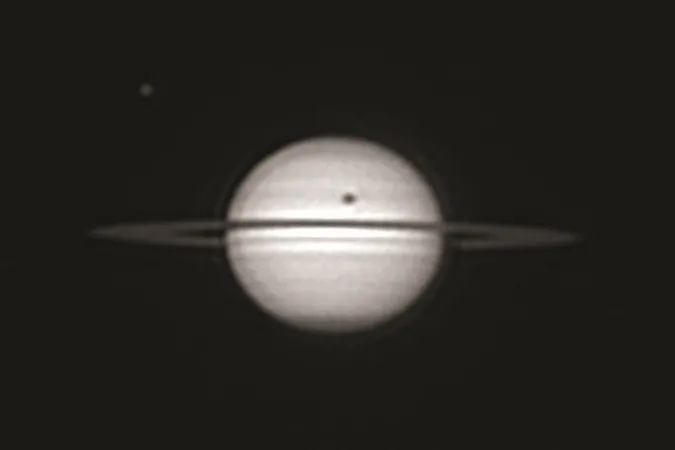

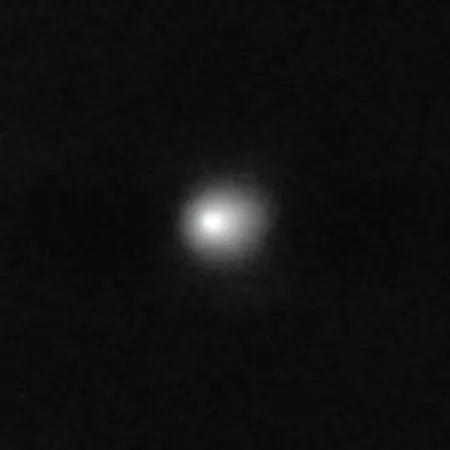
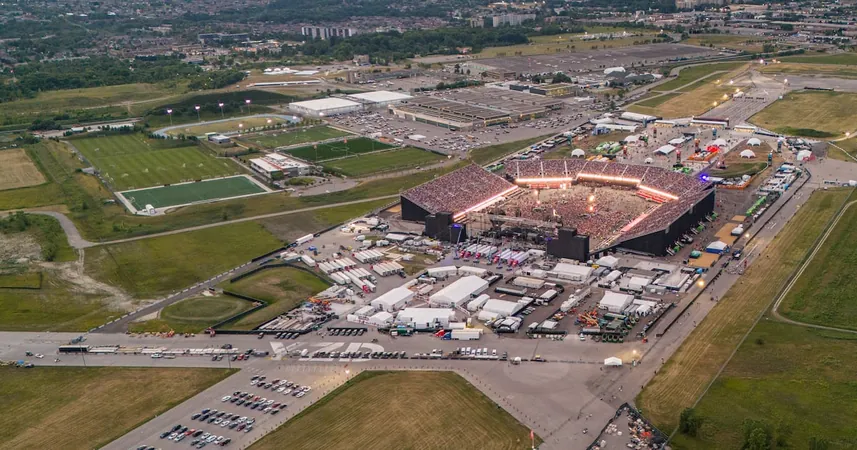
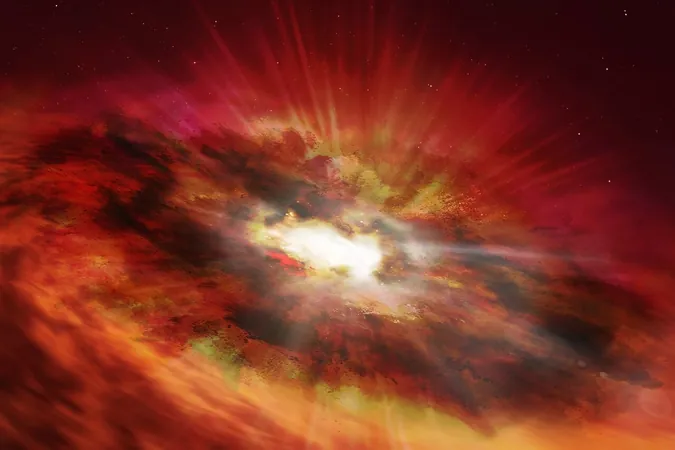
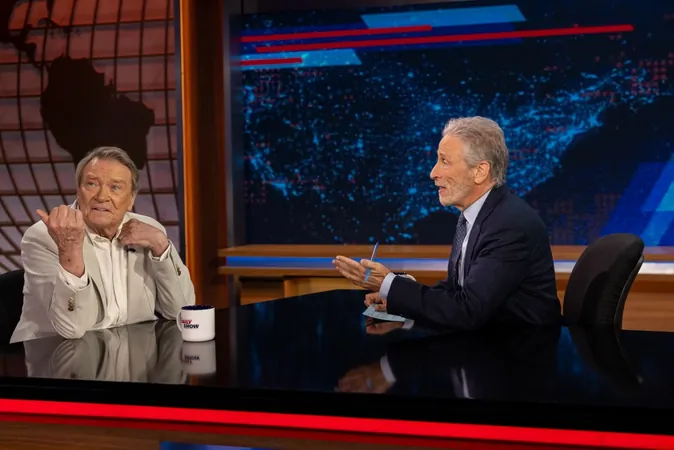

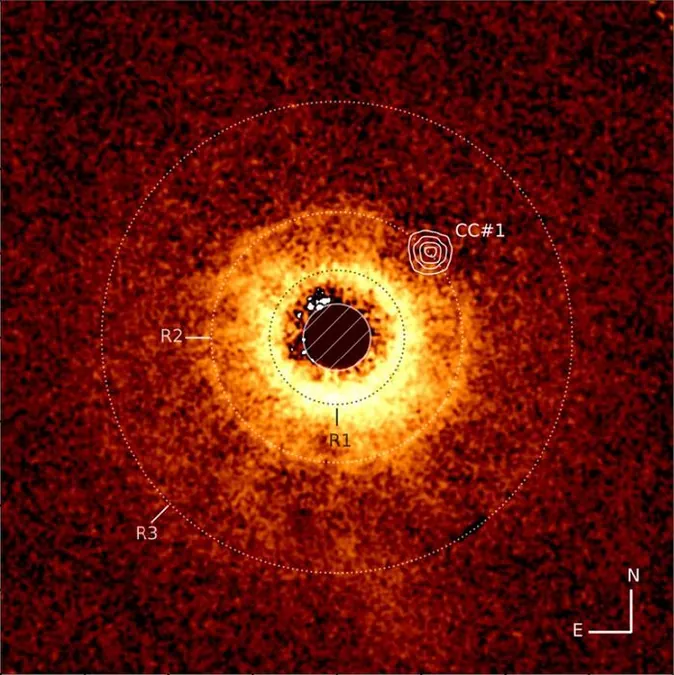
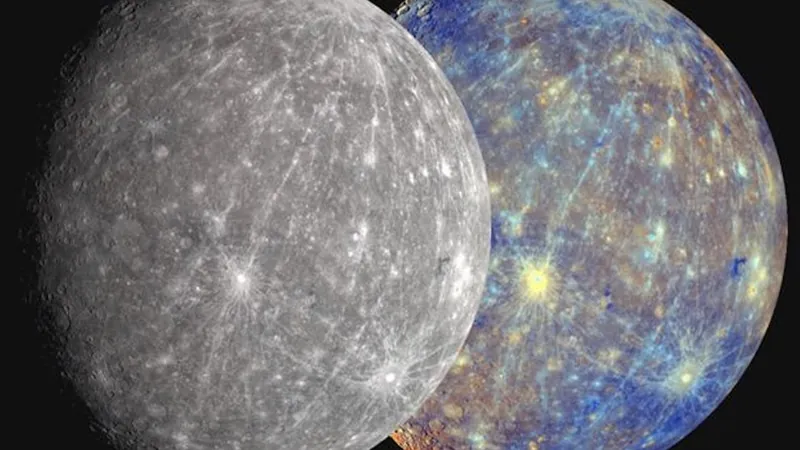
 Brasil (PT)
Brasil (PT)
 Canada (EN)
Canada (EN)
 Chile (ES)
Chile (ES)
 Česko (CS)
Česko (CS)
 대한민국 (KO)
대한민국 (KO)
 España (ES)
España (ES)
 France (FR)
France (FR)
 Hong Kong (EN)
Hong Kong (EN)
 Italia (IT)
Italia (IT)
 日本 (JA)
日本 (JA)
 Magyarország (HU)
Magyarország (HU)
 Norge (NO)
Norge (NO)
 Polska (PL)
Polska (PL)
 Schweiz (DE)
Schweiz (DE)
 Singapore (EN)
Singapore (EN)
 Sverige (SV)
Sverige (SV)
 Suomi (FI)
Suomi (FI)
 Türkiye (TR)
Türkiye (TR)
 الإمارات العربية المتحدة (AR)
الإمارات العربية المتحدة (AR)